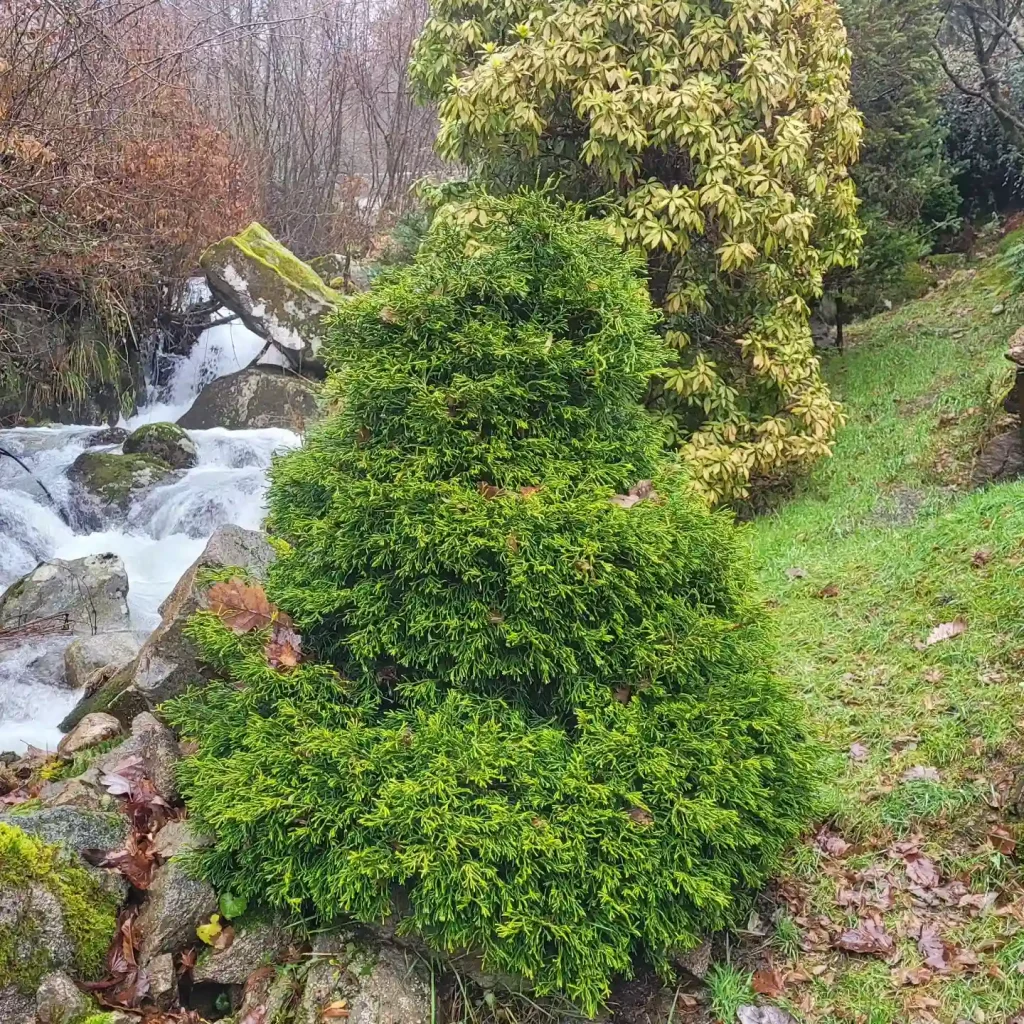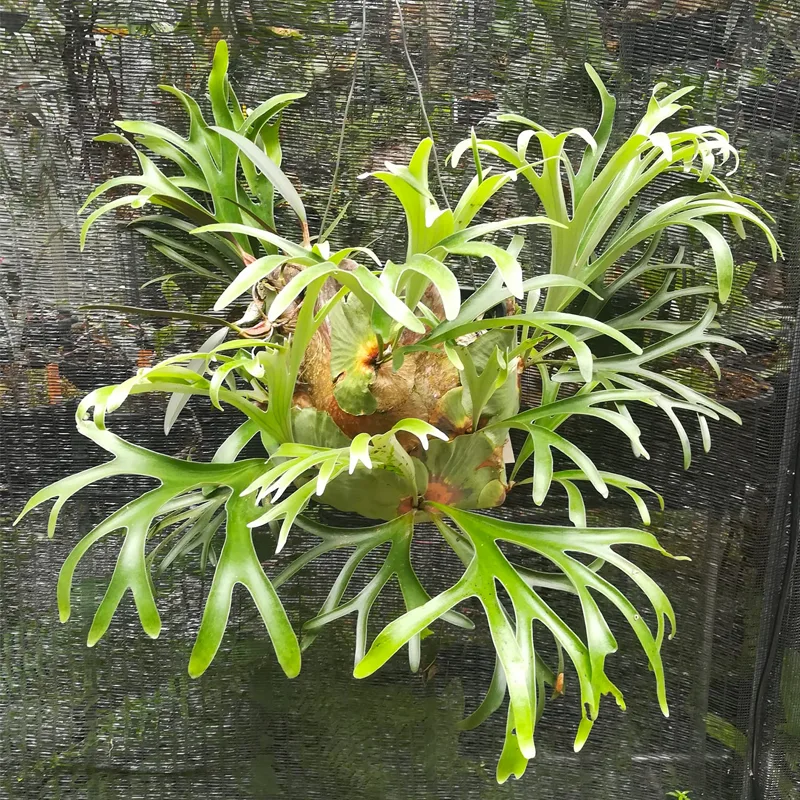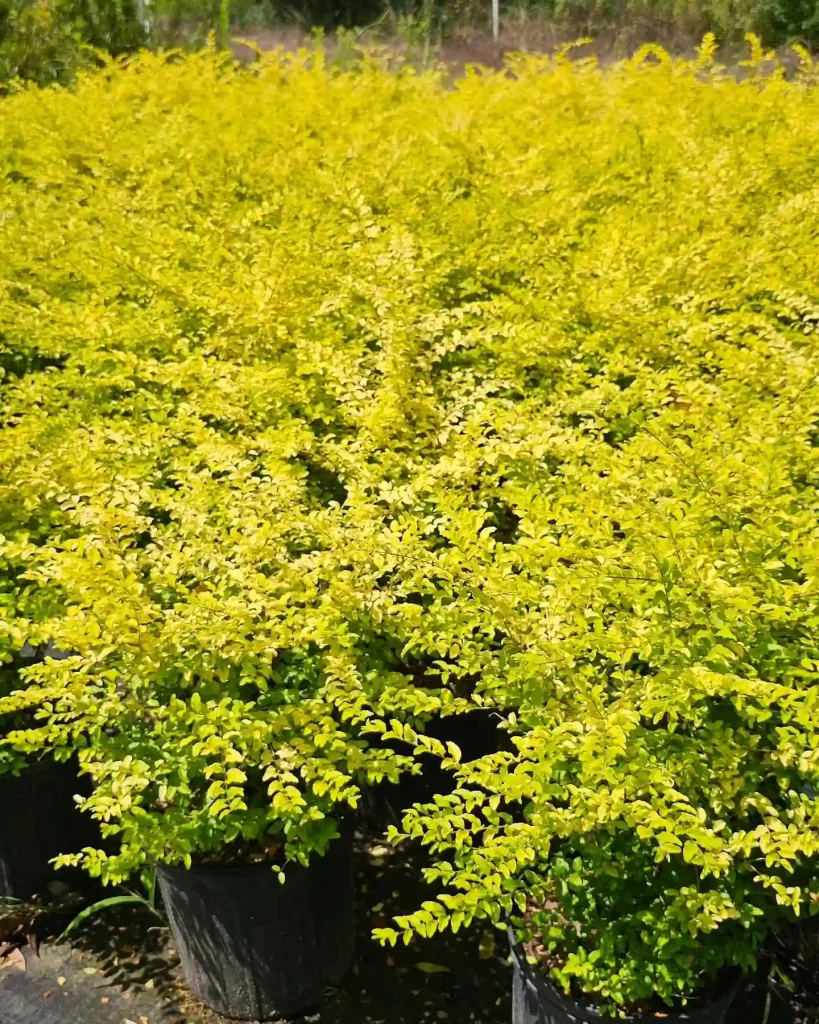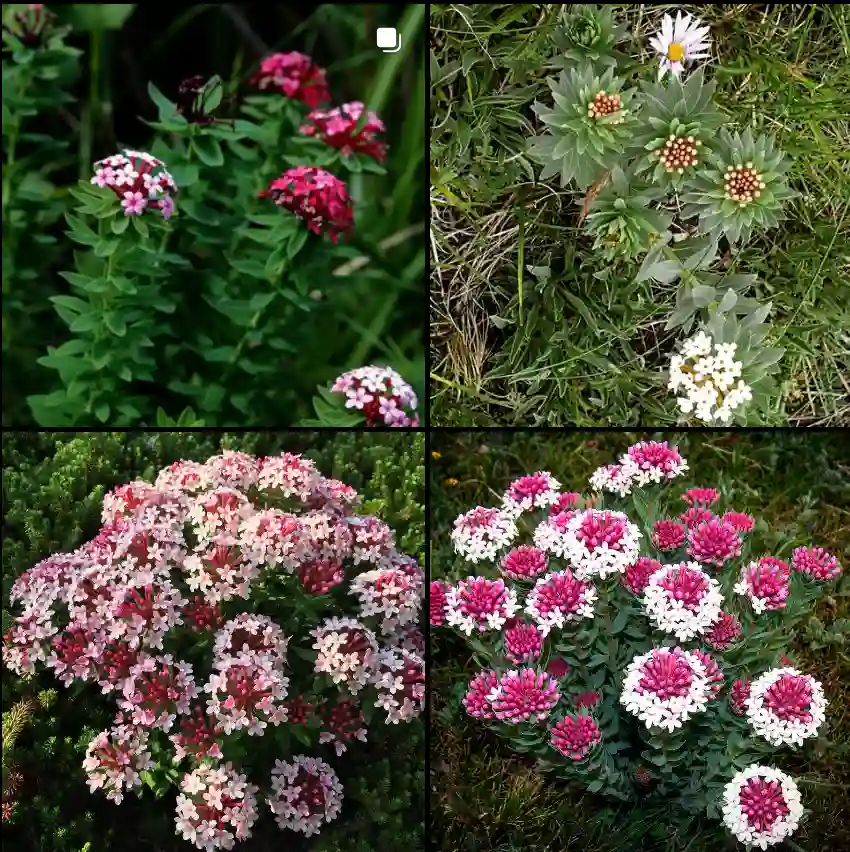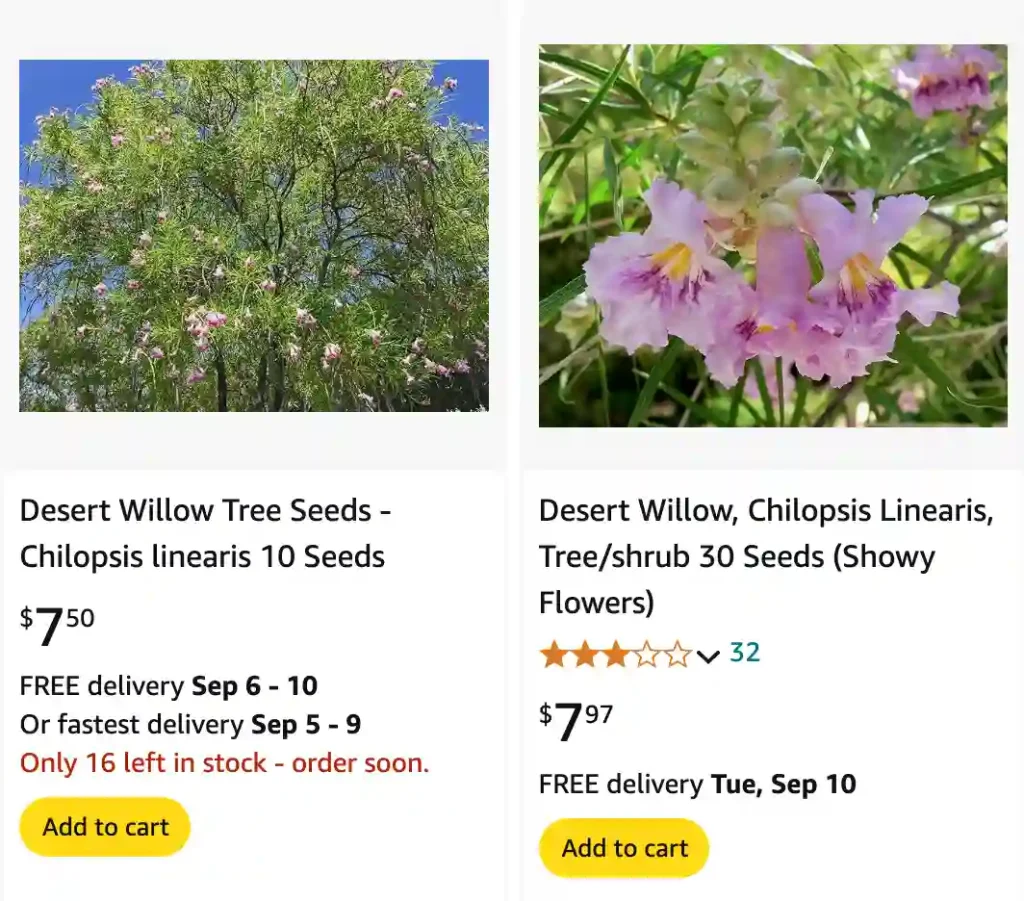
My Fascination with the Desert Willow: Chilopsis linearis
As a botanist, I’ve always been drawn to the unique and resilient flora of arid environments. One genus that particularly captivates me is Chilopsis, a striking plant that thrives where others struggle. While the name might suggest a kinship with willows, Chilopsis is actually a member of the Bignoniaceae family, more closely related to catalpas. This fascinating genus boasts just one species: Chilopsis linearis.
What is Chilopsis Linearis?
Chilopsis Linearis, commonly referred to as the Desert Willow, is a striking plant native to the southwestern United States and northern Mexico. Its long, narrow leaves and trumpet-shaped flowers create a unique and attractive appearance. The plant thrives in arid environments, making it perfect for xeriscaping.
Can a Chilopsis Linearis Survive in Zone 5?
This is a common question among gardeners who live in colder climates. Unfortunately, Chilopsis Linearis is not suited for Zone 5. It generally prefers warmer climates, typically thriving in USDA Zones 7 to 11. In Zone 5, where temperatures can drop significantly, it’s unlikely that this plant will survive without extensive protection or indoor cultivation.
How to Care for Chilopsis Linearis?
Caring for Chilopsis Linearis involves a few key practices:
- Watering: This plant is drought-tolerant once established, so you don’t need to water frequently. Water deeply but infrequently.
- Soil: It prefers well-draining soil, often sandy or gravelly. Avoid heavy clay soils.
- Sunlight: Chilopsis Linearis thrives in full sun. Ensure it gets at least 6 hours of direct sunlight daily.
- Pruning: Prune in late winter or early spring to maintain shape and remove any dead or damaged branches.
How to Propagate Chilopsis Linearis?
Propagating Chilopsis Linearis can be done through seed or cuttings:
- Seeds: Sow seeds in the spring after stratifying them in the refrigerator for a month. Plant them in well-draining soil and keep them warm and moist until germination.
- Cuttings: Take semi-hardwood cuttings in late summer. Dip the cuttings in rooting hormone and plant them in a pot with a mix of sand and peat. Keep them in a warm, humid environment until roots develop.
What to Plant with Chilopsis Linearis?
Pair Chilopsis Linearis with other drought-tolerant plants for a cohesive look:
- Succulents: Plants like Agave or Sedum complement its desert aesthetic.
- Grasses: Ornamental grasses such as Blue Fescue or Muhly Grass add texture.
- Perennials: Consider Lavender or Russian Sage for a harmonious color scheme and similar water needs.
Can You Grow Chilopsis Linearis Indoors?
Growing Chilopsis Linearis indoors is challenging due to its size and light requirements. While it can be grown in a large container and placed in a sunny spot, it’s not ideal for indoor environments. This plant’s natural habitat is outdoors in full sunlight, making it better suited for outdoor gardens.
Is Chilopsis Linearis Toxic?
Chilopsis Linearis is non-toxic to humans and pets. It’s safe to plant in gardens where children and animals play. However, as with all plants, it’s a good idea to prevent ingestion of large quantities.
Benefits of Chilopsis Linearis
Chilopsis Linearis offers several benefits:
- Low Maintenance: Its drought tolerance and minimal water needs make it easy to care for.
- Attractive Flowers: The plant’s vibrant, trumpet-shaped flowers add beauty and color to the garden.
- Wildlife Friendly: It attracts pollinators like bees and hummingbirds.
Common Problems with Chilopsis Linearis
While Chilopsis Linearis is relatively low-maintenance, it can face some issues:
- Pests: Watch for aphids or spider mites, especially in dry conditions.
- Diseases: Root rot can occur in poorly drained soils. Ensure proper drainage to prevent this.
Comparing Chilopsis Linearis to Similar Plants
If you’re considering alternatives, you might compare Chilopsis Linearis to plants like the Palo Verde or Red Yucca. Both offer similar drought tolerance and striking flowers but have different growth habits and visual characteristics. Palo Verde provides a broader canopy and vibrant yellow blooms, while Red Yucca features spiky foliage and red tubular flowers.
Chilopsis Linearis is a fantastic choice for gardeners looking for a hardy, beautiful addition to a drought-tolerant landscape. By understanding its needs and characteristics, you can ensure it thrives and enhances your garden for years to come.
If i die, water my plants!
